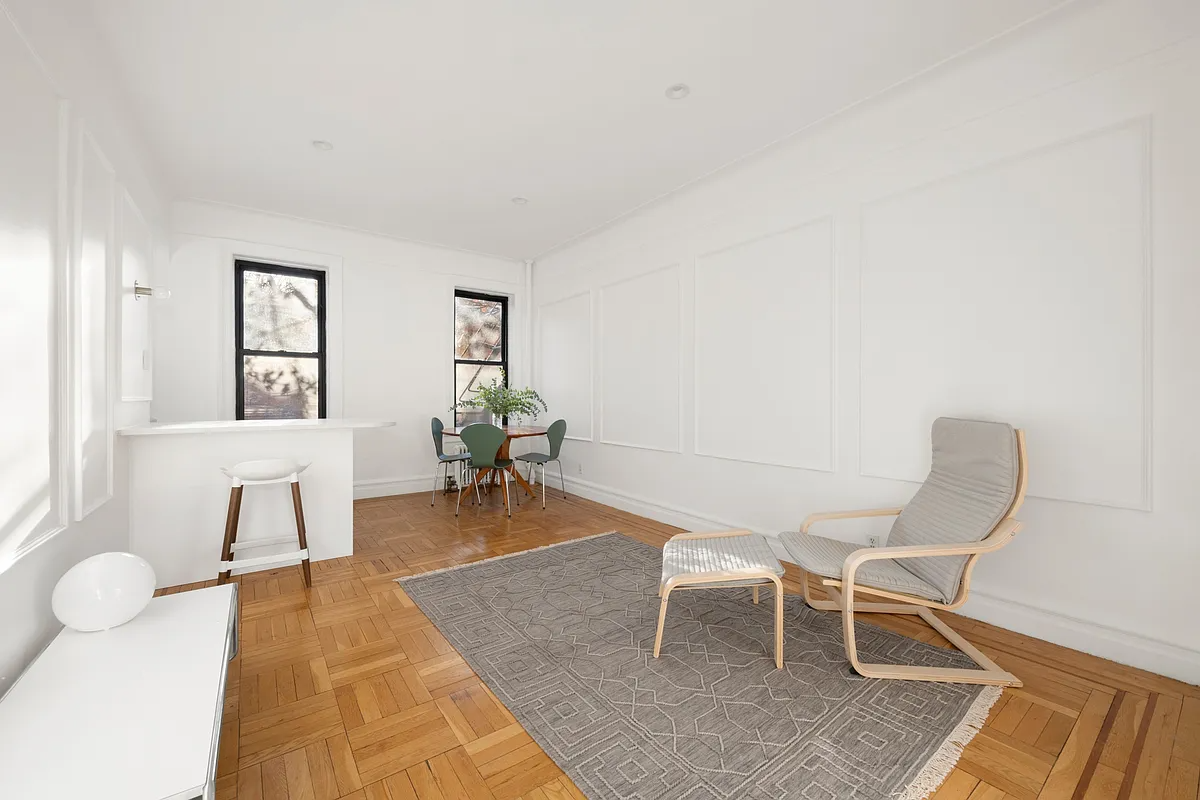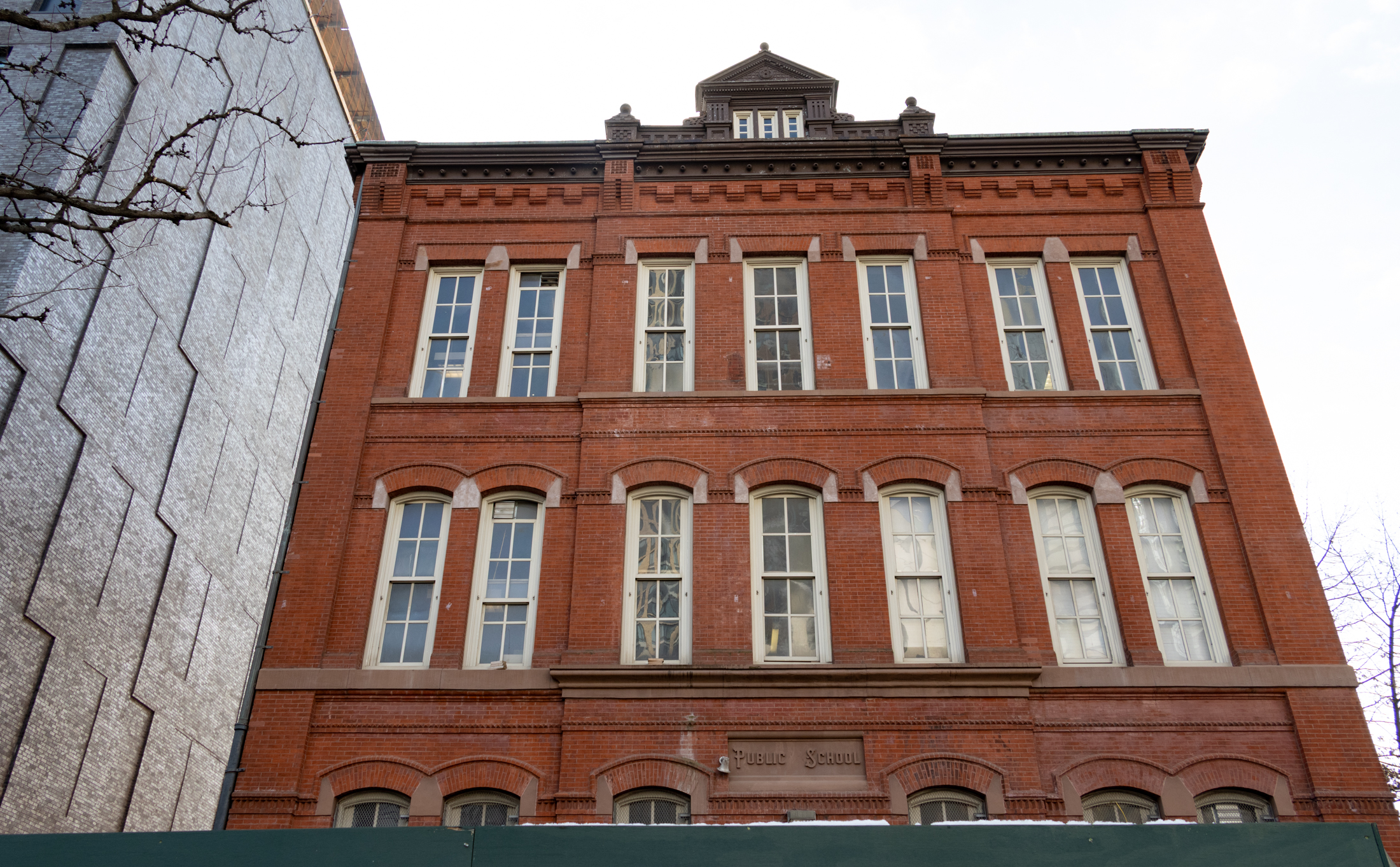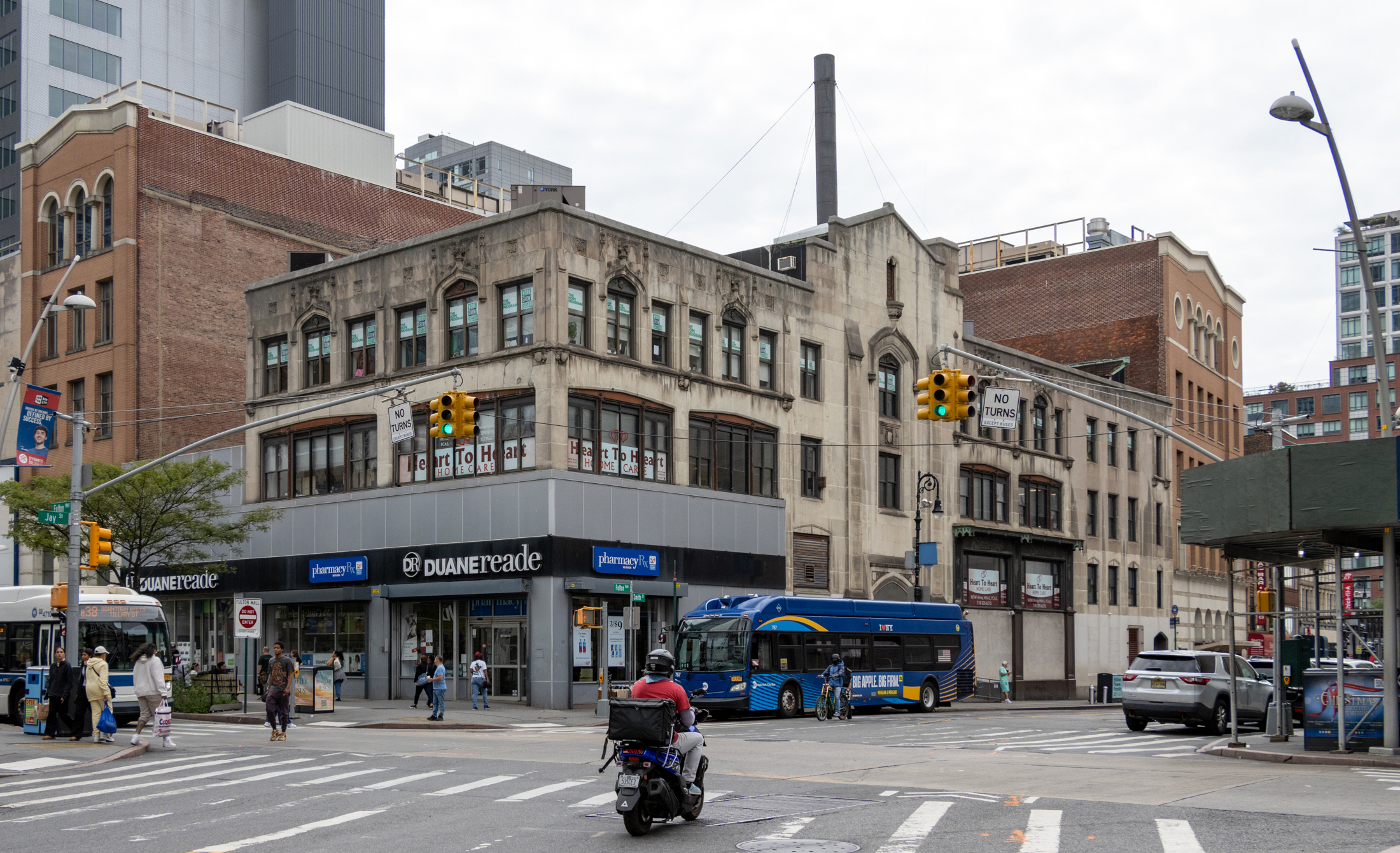From the West Village to Fort Greene, With Few Regrets
This weekend’s real estate section in the Times has a story that’s likely to resonate with many ex-Manhattanites who’ve moved to Brooklyn and find the living across the East River a whole lot easier. The article is about Hali Lee and Peter von Ziegesar, a couple with three kids who uprooted from the West Village,…


This weekend’s real estate section in the Times has a story that’s likely to resonate with many ex-Manhattanites who’ve moved to Brooklyn and find the living across the East River a whole lot easier. The article is about Hali Lee and Peter von Ziegesar, a couple with three kids who uprooted from the West Village, where they’d lived for 15 years, to Fort Greene. The pair bought a house (a former crack den, actually) on South Portland Avenue in late ’05 and say that while they miss a few things about the city (chief among them their old proximity to the Village Community School on West 10th Street, which their kids still attend), Brooklyn has presented a number of quality-of-life advantages. The perks, according to Ms. Lee, include an environment that doesn’t feel like a high-end mall, as the Village did; a space where their brood’s noise doesn’t disturb the neighbors; their new borough’s down-to-earth population (There are mixed-race couples, and black people here who aren’t nannies); and the fact that their kids can now go play on the sidewalk and in the backyard.
In a House, You Can Make All the Noise You Want [NY Times]
Photo by lunalaguna.





If 1:18’s point about schools development and relatively affordable housing are correct, I have one word for all you suckers: Williamsburg! Land of the affordable (and ugly, cookie-cutter) family friendly 2BR apt. You can actually see the elementary schools improving over the last few years, and every once in a while read about the conflicts of a gentrifying neighborhood school system.
Agree, 1:37…
A wise person told me upon first moving to NYC…Not everyone can make it in this city.
So simple, but over the years, turned out to be true.
A lot of people on this thread don’t seem to be able to make it and instead of working harder to achieve their dream, they’ve found it easier to attack those that DID manage to make it.
I agree that same people who are screaming abou the middle class being pushed out are probably the first ones to stand up and ask for projects to be ripped out of their neighborhoods.
I think that this is NYC, and no one should have a free ride. If you want to live here, you got to work hard, make money and hang with the best of the best.
If you do not have that ability or desire then move to Philly.
1:23 – You are correct, except your contention that people can’t buy in brownstone neighborhoods the first time around.
Young people who are priced out of brownstone neighborhoods — you’ll likely be priced out forever, but that’s not necessarily a bad thing. I was priced out of Manhattan when I came to NYC more than 25 years ago, and living in Brooklyn was definitely settling for something less than desirable (we were the old bridge and tunnel crowd).
What you should do is start your own wonderful neighborhood somewhere else and if it’s full of interesting young families who work in professions that don’t pay alot of money, it will be a great place to live.
Just don’t be fooled by people who try to convince you to move to neighborhoods in Brooklyn that are already overpriced like Bed Stuy and Crown Heights. I’m sorry, but anyplace where homes are going to cost you $800,000 and more is not what you are looking for.
Look for a neighborhood in Queens or some other off the beaten track place where a family-sized home can be had for $400,000. In 10 years, those will be the neighborhoods the next generation of young NYers wish they could afford. The expensive brownstone neighborhoods in Brooklyn will be to them what Manhattan was to me — way too expensive to even consider and filled with “old” people. The cool artists will want to live in whatever that new neighborhood is.
1:18 – Interesting logic, and it makes sense on the surface. But I think you are forgeting about the thousands of people who live there already that didnt buy in at 800K+.
Dont their kids go to public schools? Why are they not investing the time and money to imporive these schools?
The only way your argument works is if you are implying that the middle class should be able to buy homes in the 300-500K range and replace (Squeeze Out) the lower class people already there since they are not doing anything to improve the public schools.
So in essence, the middle class squeezing out the lower class becomes a surragate for the upper class squeezing out the middle class in other neighborhoods, right?
if jealousy and spite were sources of energy, this thread could power the whole city.
1:18…your comment is the smartest on this thread.
thank you.
Newsouthsloper,
I don’t think this crowd is having kids at 20. They are way too selfish. But they are at the bar every Thursday, Friday, and Saturday and eating out in trendy eateries starting with Sunday brunch clear through Wednesday. They also spend way too much for coffee and clothing. I recognize that it is quite expensive to live in NYC but when I look at immigrant communities who manage to make it, there is no excuse for the rest of us. As posted previously, maybe you won’t be able to buy in a Brownstone neighborhood first time around, so you either buy somewhere else first or make sacrifices to save more money.
Why did good public schools develop in Park Slope and Cobble Hill long before Brooklyn Heights? Answer: Because PS and CH offered affordable homes for middle class parents who wanted to use the public schools. Brooklyn Heights was already too expensive for those families to move, so it was full of rich people who used the private schools. Or, got easily obtained (at the time) variances for the good public schools in PS and CH.
Why are Fort Greene and Clinton Hill following the Brooklyn Heights model instead of the PS/Cobble Hill one? Because there was not a sustained period of time that middle class families could buy. The house prices didn’t rise gradually, as they did in PS and Cobble Hill, but became unaffordable to middle class buyers in a few years. The few families who got in before the rise in prices sent their kids to public schools elsewhere. Unfortunately, the same thing is happening in Bed Stuy. It would be far better if those homes sold for $350,000 – $500,000. The neighborhood would attract a huge influx of buyers who were committed to public education because they had no choice, and would invest in the schools. These people don’t have $60,000 to “invest” in their children’s private education, but they do have some extra money and time to make sure the local school is decent. It’s a shame that very few buyers in those neighborhoods no longer care about improving the public schools.